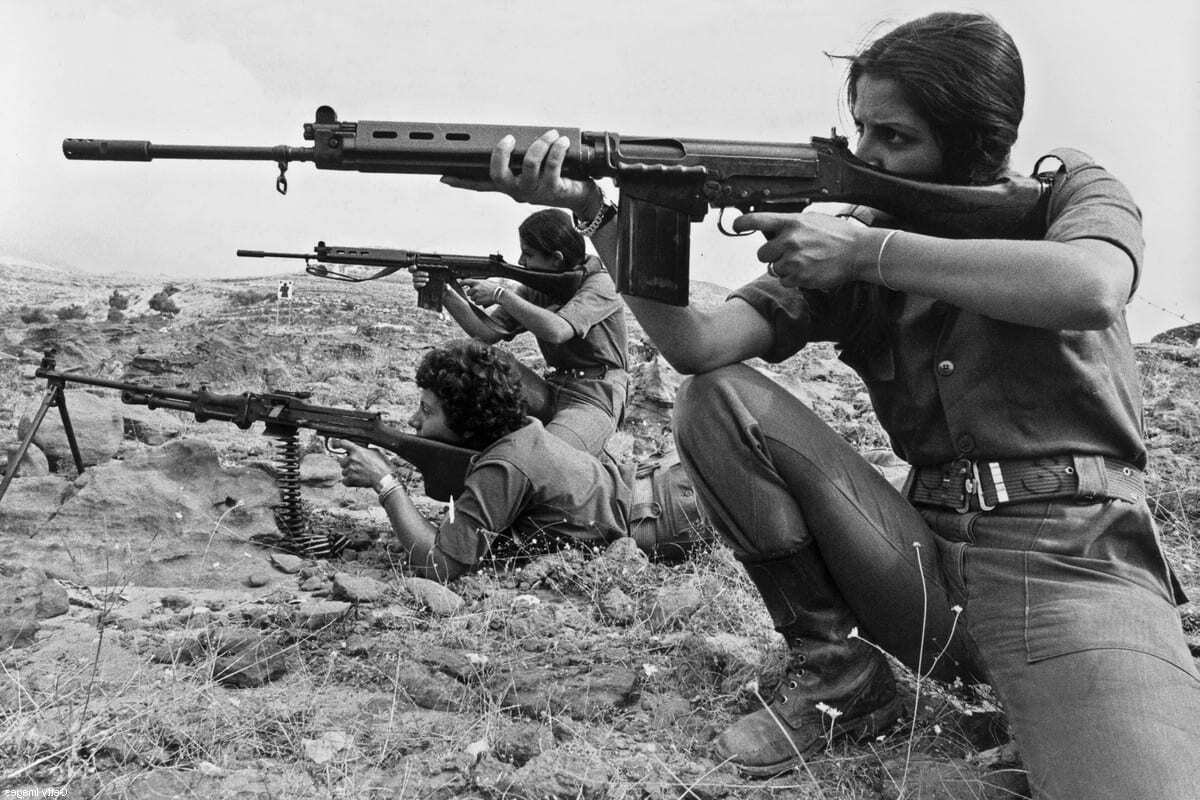
What caused the Lebanese Civil War? The Lebanese Civil War, which raged from 1975 to 1990, was a complex conflict fueled by a mix of political, religious, and social tensions. Key factors included deep-seated sectarian divisions among Christians, Muslims, and Druze, as well as the influx of Palestinian refugees after the creation of Israel in 1948. Economic disparities and political corruption further exacerbated these tensions. Foreign interventions by Syria, Israel, and other nations added layers of complexity to the already volatile situation. Ultimately, the war resulted in significant loss of life, displacement of people, and lasting scars on the nation's fabric. Understanding these causes helps grasp the intricate web of factors that led to one of the most devastating conflicts in the Middle East.
Key Takeaways:
- The Lebanese Civil War, from 1975 to 1990, was fueled by political, social, and economic tensions, as well as foreign interventions, leaving a lasting impact on Lebanon's culture and society.
- The war's legacy of sectarianism and the importance of addressing inequalities and promoting international cooperation are crucial lessons to prevent future conflicts.
Origins of the Lebanese Civil War
The Lebanese Civil War, lasting from 1975 to 1990, was a complex conflict involving various factions and foreign interventions. Understanding its origins helps grasp the intricate dynamics that fueled the war.
- The war began on April 13, 1975, after a bus carrying Palestinians was ambushed in Beirut, killing 27 people.
- Tensions between Christian and Muslim communities had been escalating for years due to political and social inequalities.
- Lebanon's unique confessional political system, which allocated power based on religious affiliation, contributed to the conflict.
- The influx of Palestinian refugees after the 1948 Arab-Israeli War added to the demographic and political tensions.
- Economic disparities between different regions and communities further exacerbated the situation.
Key Players and Factions
Various groups and militias played significant roles in the Lebanese Civil War. Each had its own agenda, alliances, and impact on the conflict.
- The Phalangists, a Christian militia, were one of the main factions, led by the Gemayel family.
- The Palestine Liberation Organization (PLO) operated from Lebanon, supporting Muslim militias and fighting against Israel.
- The Amal Movement, a Shia militia, emerged as a significant force, particularly in southern Lebanon.
- Hezbollah, another Shia group, was founded during the war and became a powerful political and military entity.
- The Lebanese National Movement (LNM), a coalition of leftist and pan-Arabist groups, opposed the Christian militias.
Foreign Interventions
Foreign countries played crucial roles in the Lebanese Civil War, providing support to various factions and influencing the conflict's outcome.
- Syria intervened in 1976, initially supporting Christian militias but later shifting alliances.
- Israel invaded Lebanon in 1982, aiming to expel the PLO and establish a friendly government.
- The United States, France, and Italy deployed peacekeeping forces in 1982 but withdrew after the 1983 Beirut barracks bombings.
- Iran supported Hezbollah, providing funding, training, and weapons.
- Libya and Iraq also provided support to different factions, further complicating the conflict.
Major Battles and Events
Several key battles and events shaped the course of the Lebanese Civil War, leaving lasting impacts on the country and its people.
- The Battle of the Hotels in 1975 saw rival militias fighting for control of luxury hotels in Beirut.
- The Tel al-Zaatar massacre in 1976 resulted in the deaths of thousands of Palestinian refugees.
- The 1982 Sabra and Shatila massacre, carried out by Christian militias, killed hundreds of Palestinian civilians.
- The 1983 Beirut barracks bombings targeted U.S. and French peacekeepers, killing 299 servicemen.
- The Mountain War in 1983-1984 involved fierce fighting between Druze and Christian militias in the Chouf Mountains.
Humanitarian Impact
The Lebanese Civil War had devastating effects on the civilian population, causing widespread suffering and displacement.
- An estimated 120,000 people were killed during the conflict.
- Over 1 million people were displaced, both internally and as refugees abroad.
- The war caused extensive damage to infrastructure, including homes, schools, and hospitals.
- Many families were separated, with thousands of people still missing or unaccounted for.
- The psychological impact of the war left deep scars on survivors, with many suffering from PTSD and other mental health issues.
End of the War and Aftermath
The Lebanese Civil War officially ended in 1990, but its legacy continues to shape the country's political and social landscape.
- The Taif Agreement, signed in 1989, provided the framework for ending the conflict and redistributing political power.
- Syrian troops remained in Lebanon until 2005, exerting significant influence over the country's politics.
- Many former militia leaders transitioned into political roles, maintaining their influence in post-war Lebanon.
- The war left a legacy of sectarianism, with political power still divided along religious lines.
- Reconstruction efforts have been slow, with many areas still bearing the scars of the conflict.
Cultural and Social Impact
The Lebanese Civil War also had profound effects on the country's culture and society, influencing art, literature, and daily life.
- Lebanese artists and writers have used their work to process and reflect on the war's impact.
- The war led to the creation of numerous NGOs focused on human rights, reconciliation, and rebuilding.
- Music and film from Lebanon often address themes of conflict, loss, and resilience.
- The war disrupted traditional social structures, leading to changes in family dynamics and community life.
- Despite the devastation, the Lebanese people have shown remarkable resilience and a strong desire for peace and stability.
Lessons Learned
The Lebanese Civil War offers important lessons about the dangers of sectarianism, foreign intervention, and the need for inclusive governance.
- The conflict highlights the importance of addressing political and social inequalities to prevent violence.
- It underscores the need for international cooperation in peacekeeping and conflict resolution efforts.
Reflecting on the Lebanese Civil War
The Lebanese Civil War left a lasting impact on Lebanon and the Middle East. It spanned 15 years, from 1975 to 1990, and involved numerous factions, including religious groups and foreign powers. The conflict resulted in around 120,000 deaths and displaced nearly one million people. Beirut, once known as the "Paris of the Middle East," saw significant destruction.
Despite the war's end, Lebanon still grapples with political instability and economic challenges. The Taif Agreement, signed in 1989, helped bring an end to the fighting but didn't resolve all underlying issues. Understanding this war is crucial for grasping Lebanon's current situation and the broader regional dynamics.
Learning about the Lebanese Civil War helps us appreciate the resilience of its people and the complexities of Middle Eastern politics. It serves as a reminder of the importance of peace and dialogue in resolving conflicts.
Frequently Asked Questions
Was this page helpful?
Our commitment to delivering trustworthy and engaging content is at the heart of what we do. Each fact on our site is contributed by real users like you, bringing a wealth of diverse insights and information. To ensure the highest standards of accuracy and reliability, our dedicated editors meticulously review each submission. This process guarantees that the facts we share are not only fascinating but also credible. Trust in our commitment to quality and authenticity as you explore and learn with us.


